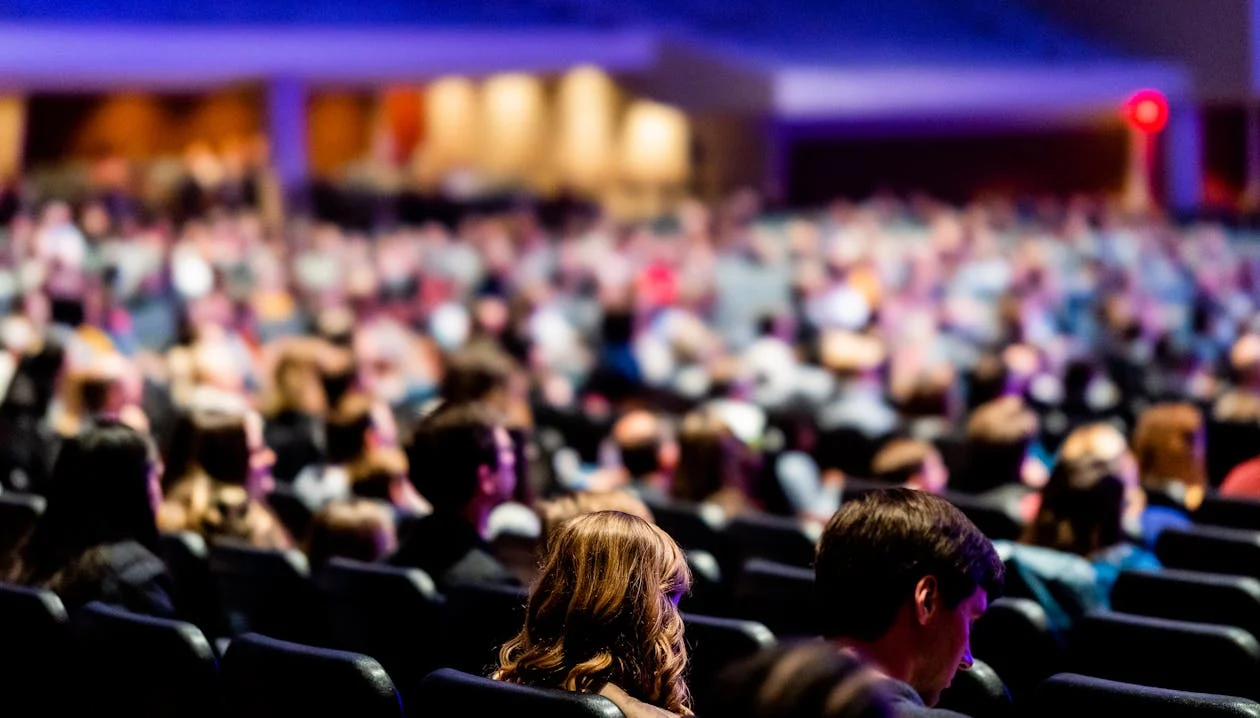
Events
School of Culture and Communication at the University of Melbourne
Featured events
2025 Symposium: designing learning spaces for neurodiversity and disability
What if learning spaces were designed for everyone?
Learning spaces shape how we connect, grow, and thrive – yet too often, they exclude. The 2025 Symposium brings together designers, educators, researchers, and people with lived experience to ask: how can learning spaces and campuses truly include everyone?
The Faculty of Architecture, Building and Planning will host an engaging program of keynotes, panel discussions, and participatory workshops. From the voices of young people navigating disability, to international experts reshaping the way schools and universities are built, the symposium offers fresh perspectives and practical ideas for creating spaces that support genuine inclusion and participation.
Program guide
The Symposium program runs over two days of events at the University of Melbourne, each with a distinct focus. Attendees have the option to select tickets for two days, a single day, or online. Please ensure you select the correct ticket type when registering.
- Day 1 - Tuesday 11 November (in person only)
Research exchange day at the Woodward Centre, Level 10, Melbourne Law School, 106/185 Pelham Street Carlton. - Day 2 - Wednesday 12 November (in person and online)
Public program day at multiple venues in the Glyn Davis Building, Masson Road, Parkville Campus.
Key speakers
The program features keynotes by globally renowned leaders in the field Professor Magda Mostafa, whose pioneering work on autism and neuro-inclusive design has influenced classrooms worldwide, and Dr Jodie Wilson, whose lived experience as an autistic, ADHD and disabled professional has made her a powerful advocate for disruption and change. Associate Professor Ben Cleveland, a leading researcher on inclusive learning environments, will guide conversations alongside a diverse group of designers, educators, disability advocates, policy makers, and people with lived experience.
Banner illustration by Ellen Porteus
Bits, Bytes and Breakthroughs: 70 Years of Computing at Melbourne
Walk and explore the history of computing at the University of Melbourne in a tour conducted by Dr Richard Gillespie, Curator in the Faculty of Engineering and Information Technology and Mitch Goodwin, lecturer in Digital Studies. Celebrating the 70th anniversary of the School of Computing and Information Systems, the tour includes screening of short films from 1964 and 1987, historic objects and documents.
What to expect:
A 60-minute walking tour throughout the University of Melbourne highlighting the history of computing.
While every effort will be made to accommodate mobility levels, participants should expect approximately 2-3 kilometres as part of the tour, and be comfortable navigating uneven terrain.



